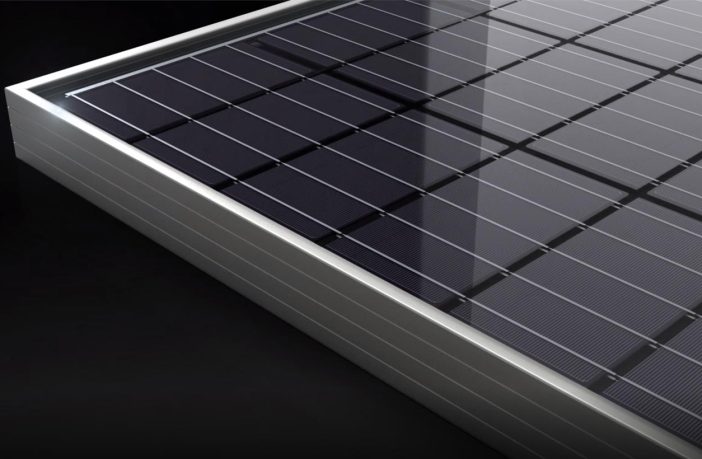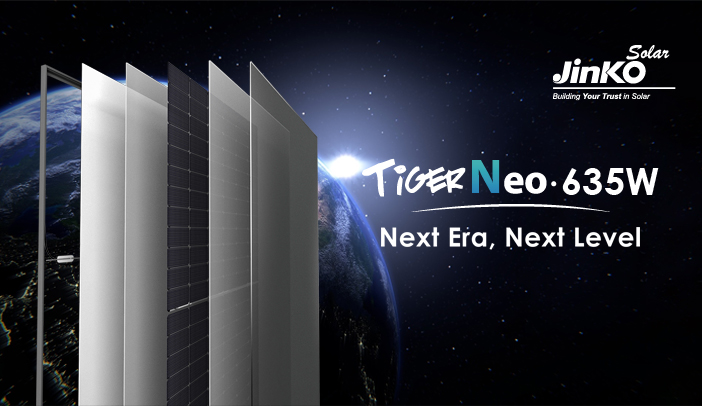- TOPCon solar cells have experienced an immense rise in commercialization since last year.
- TOPCon’s eventual efficiency is close to 28.7%, which is much higher than PERC’s 24% and HJT’s 27.5%.
- An average mass-produced efficiency of 25% and more was accomplished with manufacturing-scale techniques, which is relatively greater than that of PERC solar cells.
In addition to exceptional greater efficiency, other necessary factors accelerating the replacement of p-type with n-type TOPCon solar cells are the recombination loss due to LID and LeTID. The development in the efficiencies and degradation reduction of TOPCon solar cells explains the exceptional grade solar cells that can be fabricated in extremely marginal manufacturing phases.
TOPCon cell makes use of a cutting-edge and highly effective passivation contact technique, micro-nano tunneling oxide layer, and a functional structure fabricated of the laminated microcrystalline silicon film and carrier selection. The electrical conductivity and passivation performance of this structure and fabrication excellence display outstanding improvements, leading to substantial increases in power output, cell conversion efficiency, and elimination of degradation, particularly light-induced degradation LID.
Related news: JinkoSolar is No 1 in global solar panel sales in Q1 2023
The research on LID/LeTID is early, the research has been sufficient, and the cause of degradation has also been unambiguously recognized, including boron oxygen defects, and hydrogen complex-related degradation. Different from the boron or gallium-doped wafers commonly used in PERC cells, Tunnelling oxide passivated contact (TOPCon) solar cells use phosphorus-doped n-type silicon wafers which will not be affected by BO-LID.
For PERC cells that are using p-type silicon wafers, either the boron dopant related boron–oxygen (BO) defects or the B-H/Ga-H complex-related defects will result in serious light-induced degradation (LID) and light and elevated temperature-induced degradation. Phosphorous doping n-type wafers used in TOPCon cells fundamentally avoid the LID/LeTID.
Theoretically, compared with boron-doped or gallium-doped p-type, The possibility of LID and LeTID degeneration is eliminated by n-type crystalline silicon in the TOPCon cell.
Author: Bryan Groenendaal
















